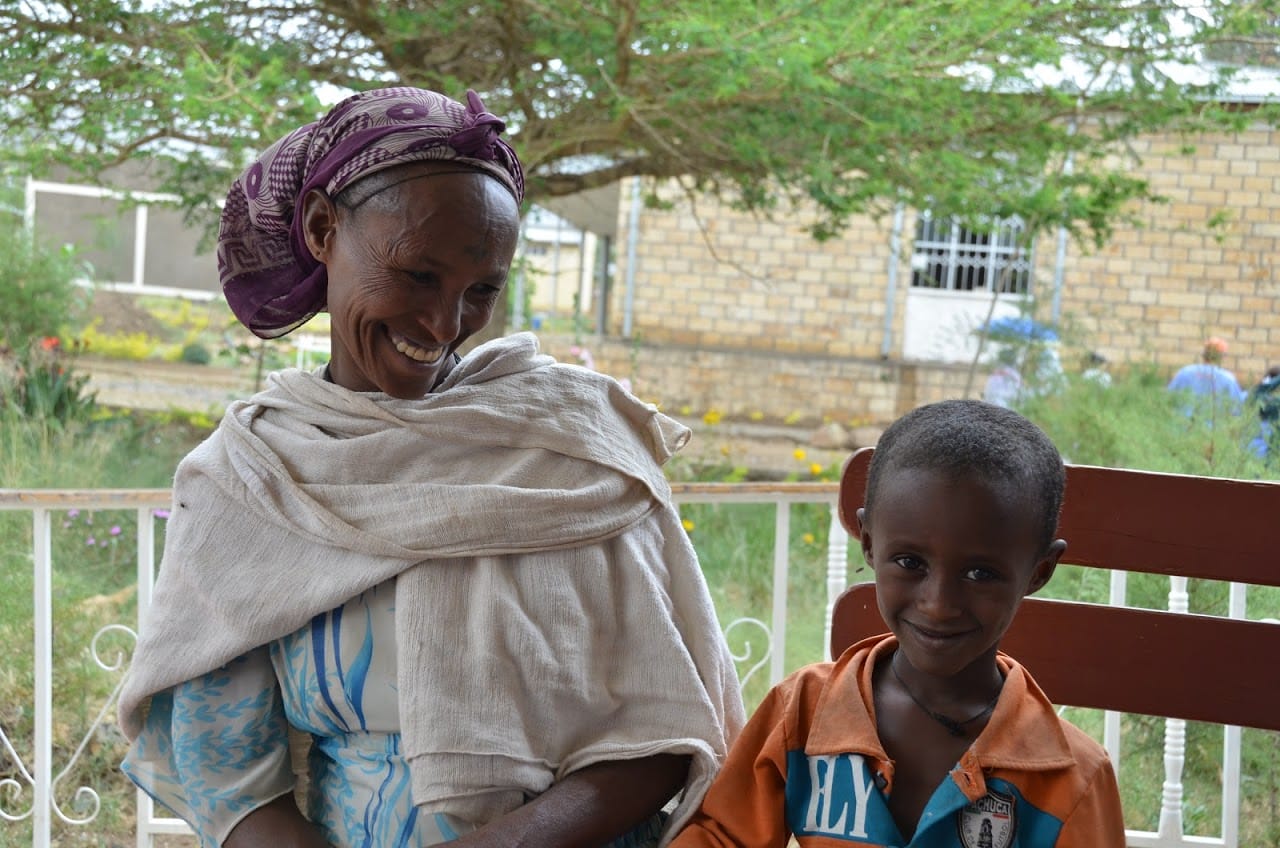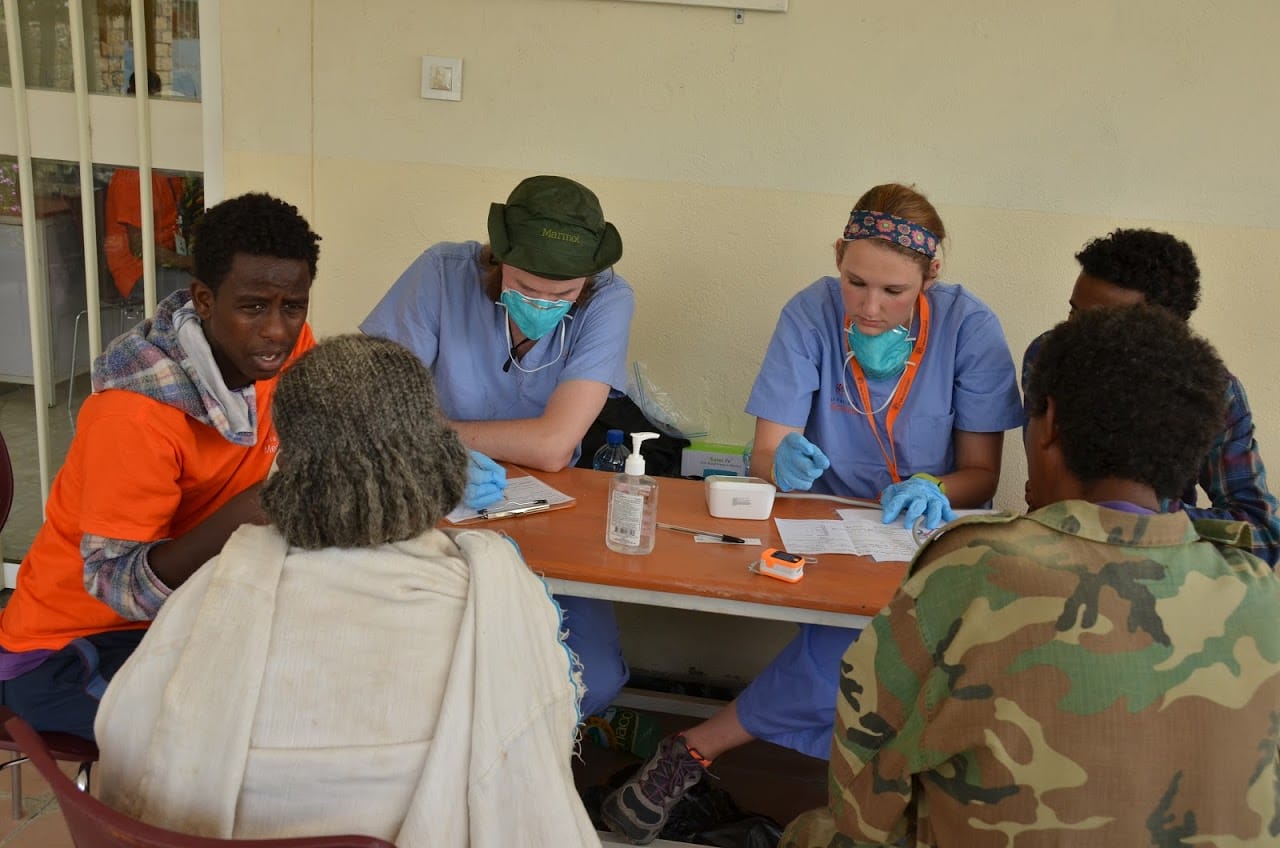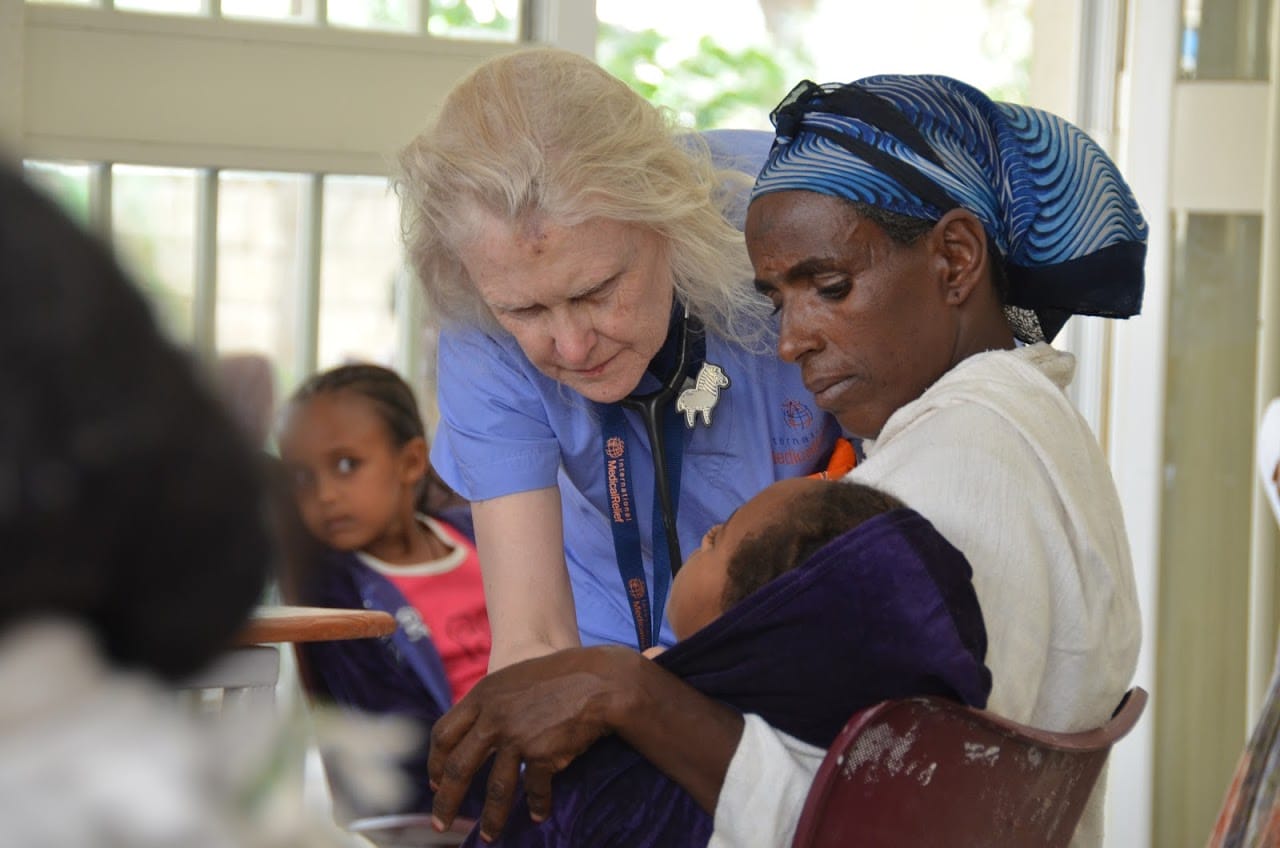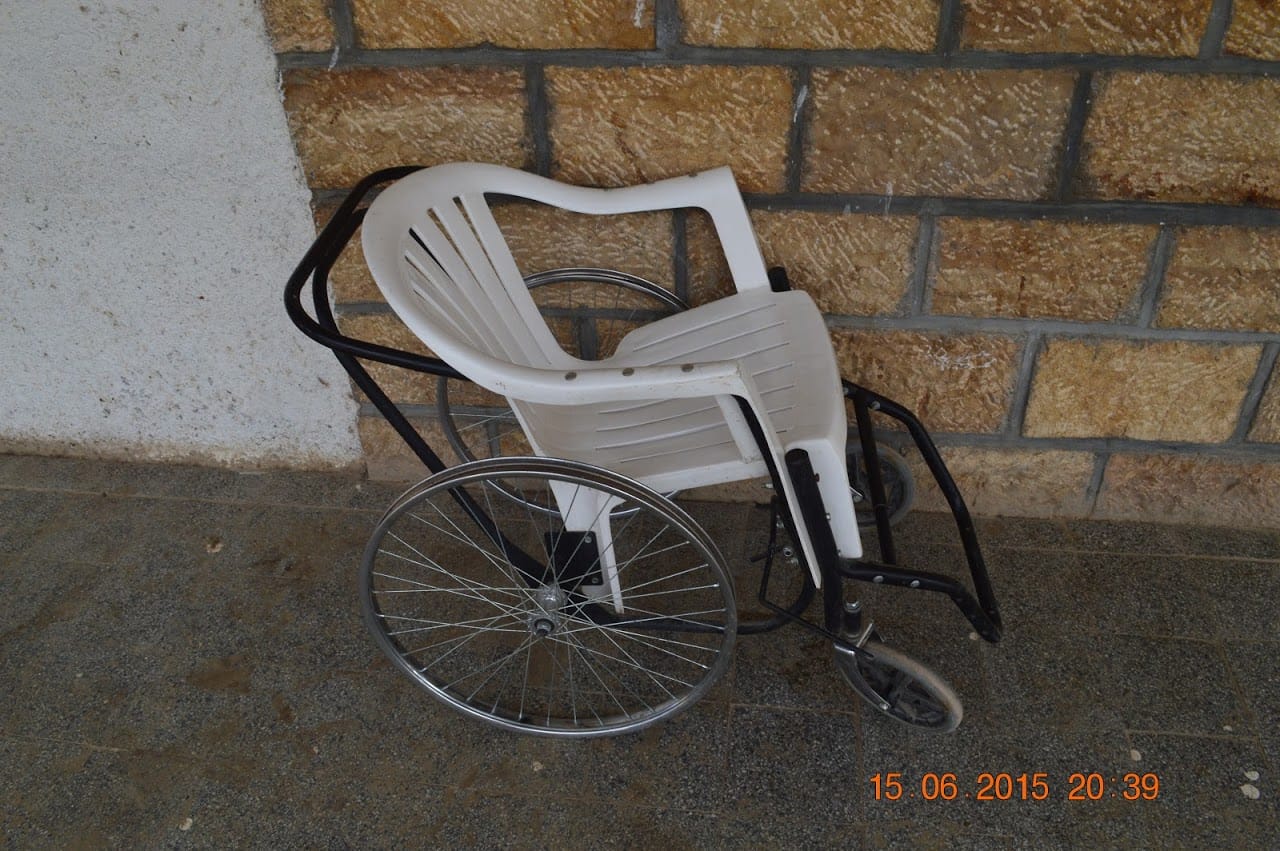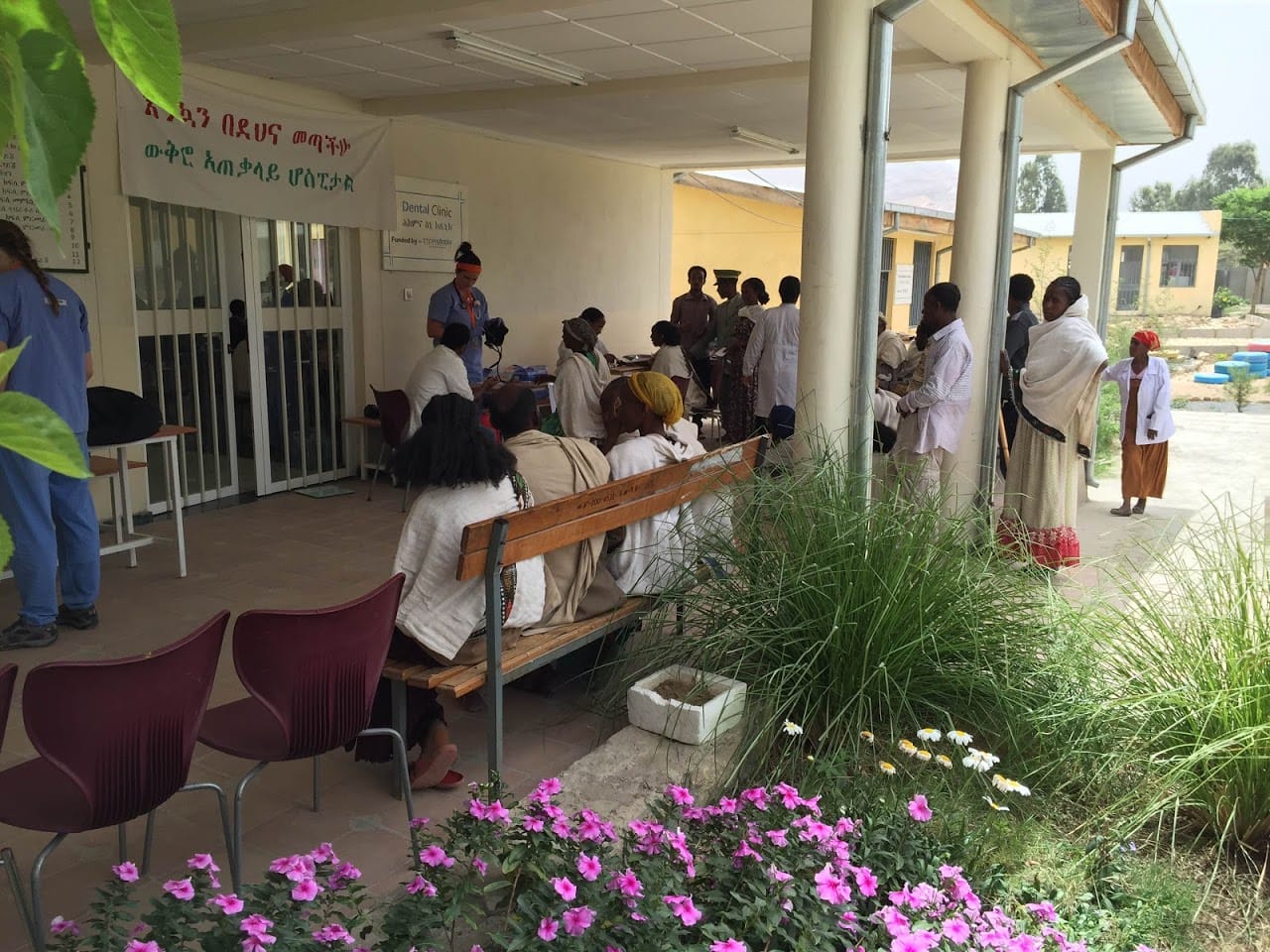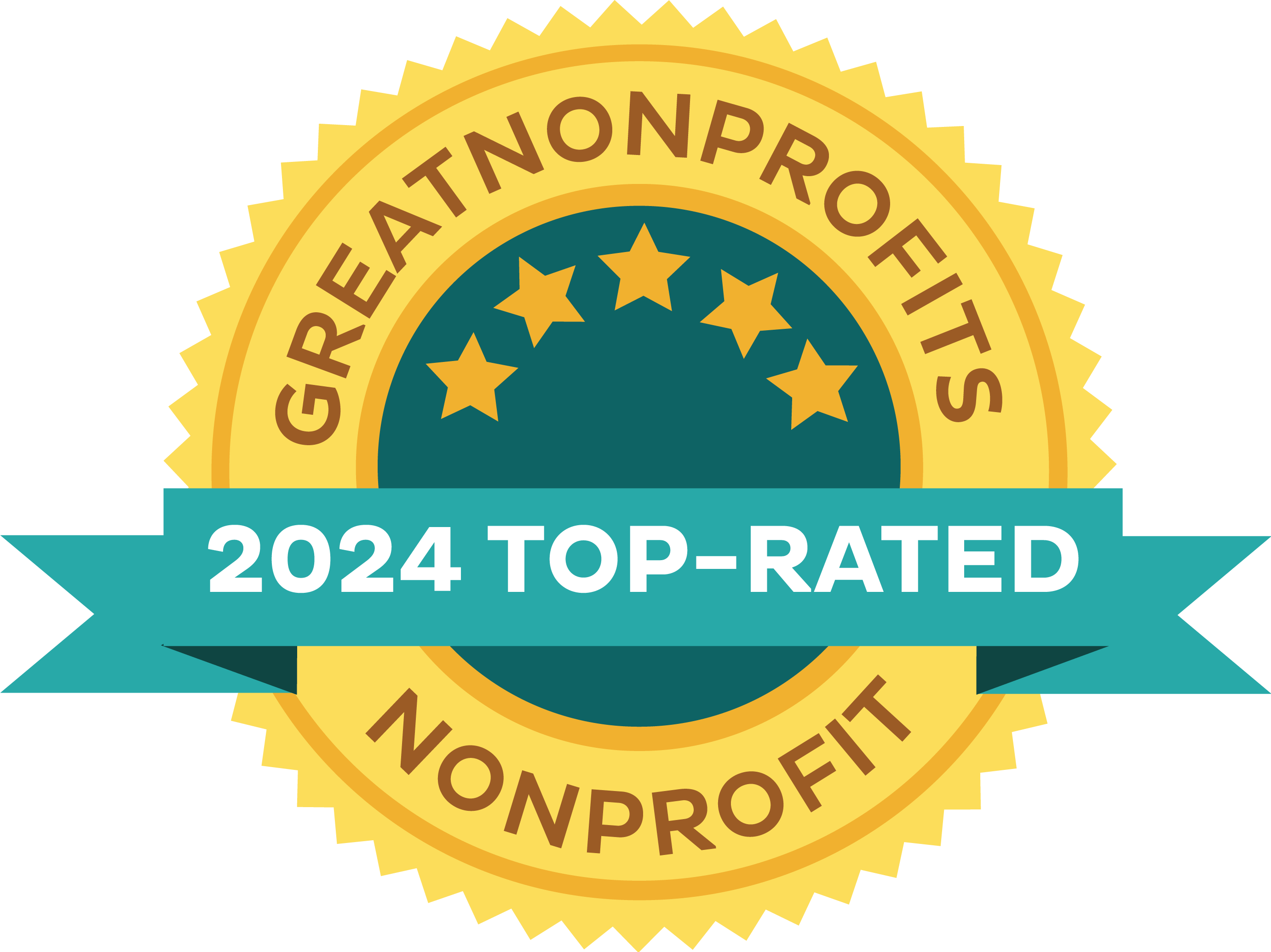Ethiopia – Famine and Drought 2015

In 2015, Ethiopia experienced its worst drought in over 30 years. Households in regions hit particularly hard, including the eastern highlands and pastoralist areas, are expected to suffer especially severe crop and livestock losses. According to UN estimates, about 10.1 million people, approximately 10 percent of Ethiopia’s population, are in need of food assistance. From the mid-1990s through 2010, the Ethiopian government under the late President Meles Zenawi followed an Agricultural Development-Led Industrialization (ADLI) strategy, where the government invested heavily in agriculture production and rural infrastructure, such as roads. This focus on agriculture and rural investments quickly paid off. According to official production estimates, cereal production nearly quadrupled between 1994/95 to 2009/10 from approximately 6.15 to 15.53 million tons. In 2014/15, cereal production reached 23.61 million. However, the 2015 drought has led to major crop failures and losses in many regions. The situation was made far worse due to military conflict leading to ongoing civil wars and market restrictions.
Ethiopia’s government has increased to 10.1 million the estimated number of people who desperately need food aid because of a drought. Sources have estimated that 400,000 children are now also at risk of developing severe acute malnutrition in 2016, which can lead to stunting, and physical and mental delays in development.
International Medical Relief (IMR) was quick to respond after reports of famine. IMR clinics are composed of both our corps of international medical staff and local providers who partner shoulder-to-shoulder to help deliver sustainable healthcare elevating access to care for our patients. During these medical mission trips, IMR provided much needed aid to the local health care system during the recovery period. IMR teams that included EMTs, nurses, doctors, dentists, and students who reached beyond borders in order to provide critical care to the most vulnerable communities impacted by the aftermath of this drought. More specifically, IMR focused on the malnourishment the community, and especially children, were facing due to the drought. The malnourished children suffer weakened immune systems and when infectious diseases hit an area the suffering rapidly spreads. IMR has seen continued rising numbers of nutrition-related deaths and illnesses in Ethiopia, making our presence in the area more important than ever before.
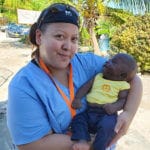

Also, our first responders medical team also provided community health classes and conducted a children’s program engaging the youth in therapeutic activities designed in cooperation with children therapists specializing in trauma and loss to further the patient’s knowledge and education on health matters related to their personal health needs. During IMR’s critical work, we also provided 20 health education classes including hygiene, solar water disinfection, oral hygiene, sanitation, grieving and others. Over 4,900 people participated in these education classes. Educating communities allow for locals to become more empowered by their own health, as well as for the health of other community members.
International Medical Relief continues to hold mission trips in Ethiopia to help provide sustainable healthcare to these vulnerable communities as they continue to recover for the aftermath of this devastating disaster.

Join Us in Making a Difference.
Bring much-needed acute medical and dental care to a beautiful, culture-rich destination. You can join an IMR medical mission team today!
